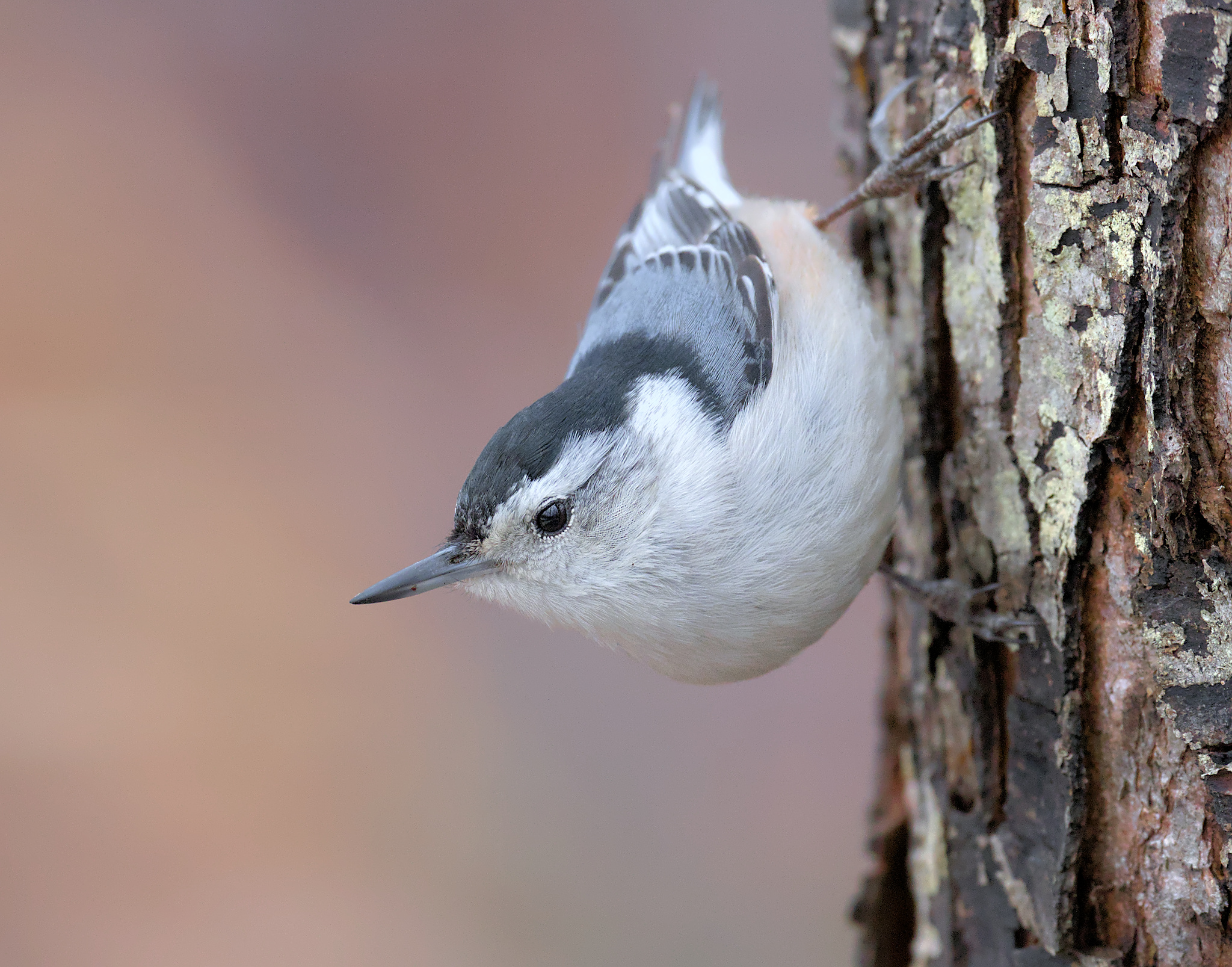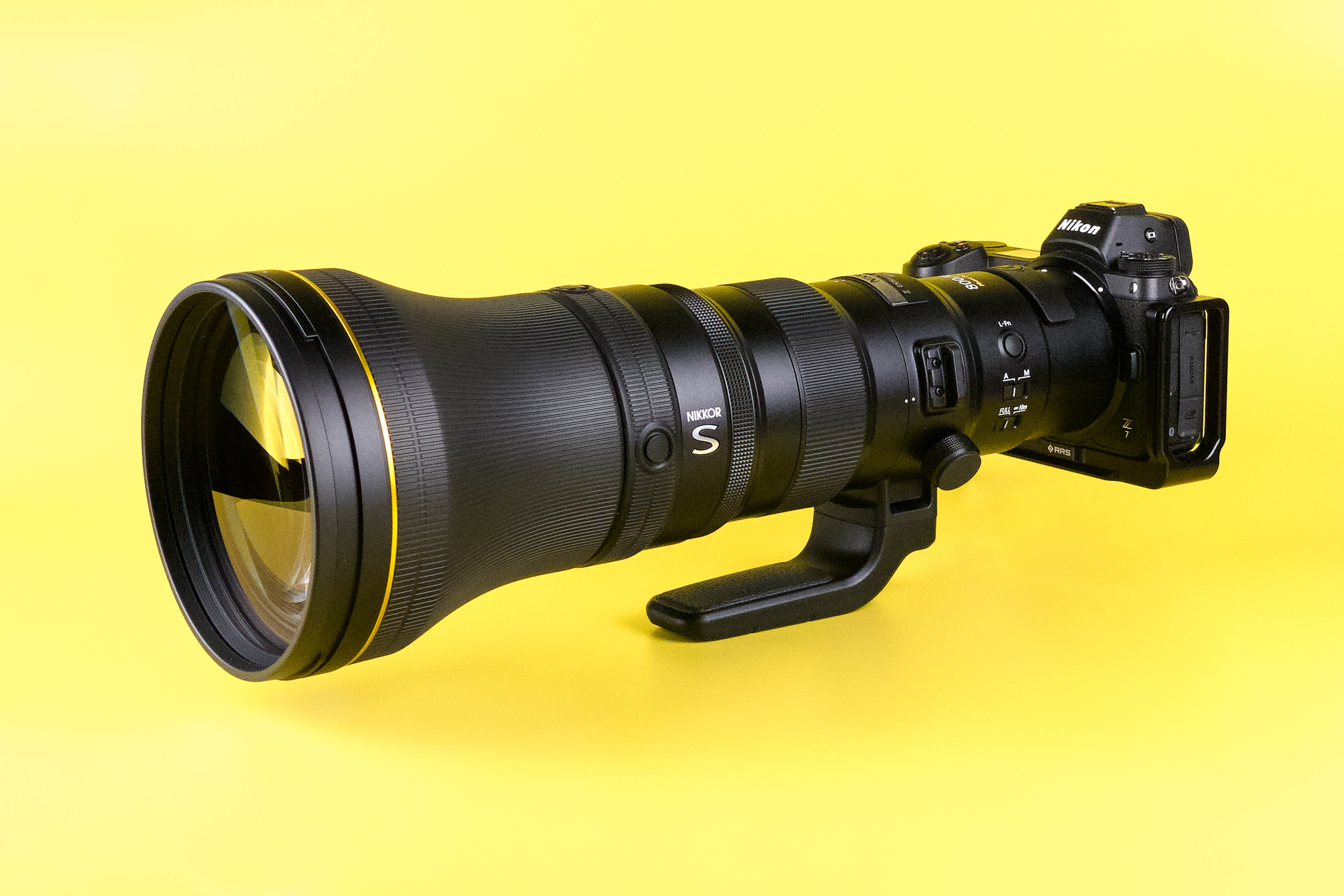fcotterill
Well-known member
Photography Life have updated their review of the 500mm f5.6E PF with Imatest data.
These include both Teleconverters. The results with TC14 III corroborate the high quality of the images obtainable with this combination. And the review compares the older 500 f4G

 photographylife.com
photographylife.com
Unfortunately, they did not compare any of the recent telephotos in this 500 / 560 mm category, including the 400mm f4.5S + ZTC14.... Final note, my results with the 500 PF+TC14 III versus 800 PF do not agree with their MTF results of the 800 PF
These include both Teleconverters. The results with TC14 III corroborate the high quality of the images obtainable with this combination. And the review compares the older 500 f4G

Nikon 500mm f/5.6E PF Review - Page 3 of 5
We've updated our Nikon 500mm f/5.6 PF lens review with full Imatest data, including sharpness tests in the lab with Nikon's 1.4x and 2.0x teleconverters. To sum it up, this is a very high-performing telephoto on par with $5000+ exotic lenses in performance!
 photographylife.com
photographylife.com
Unfortunately, they did not compare any of the recent telephotos in this 500 / 560 mm category, including the 400mm f4.5S + ZTC14.... Final note, my results with the 500 PF+TC14 III versus 800 PF do not agree with their MTF results of the 800 PF
Last edited:


